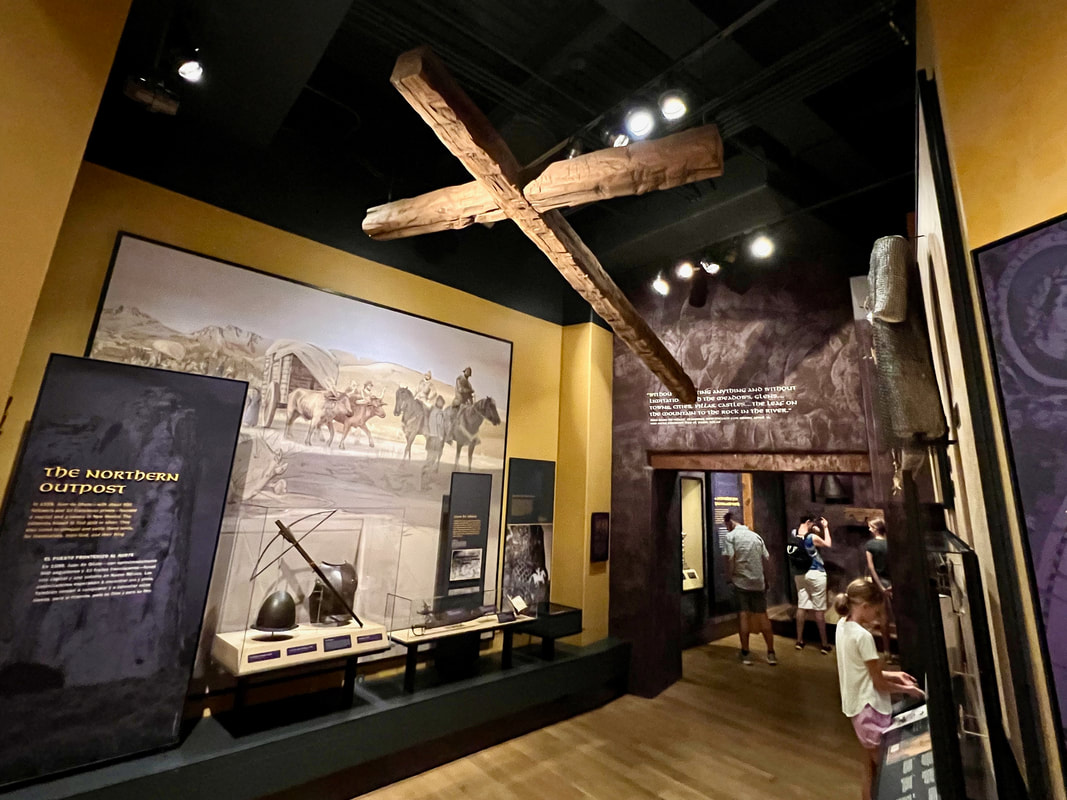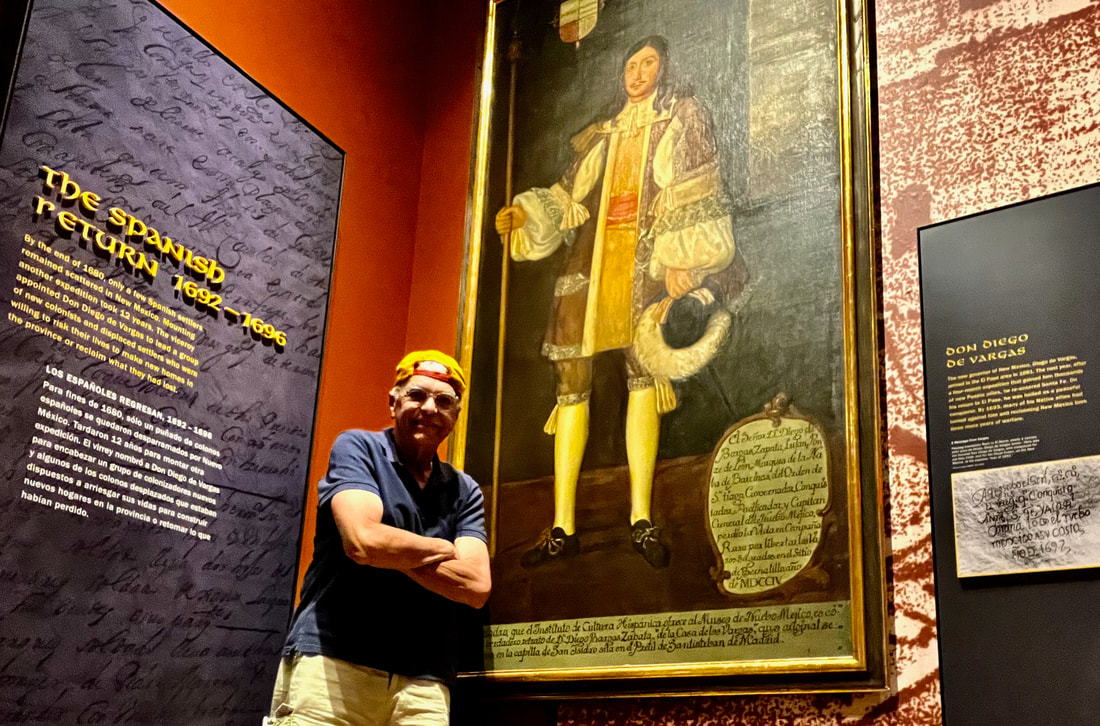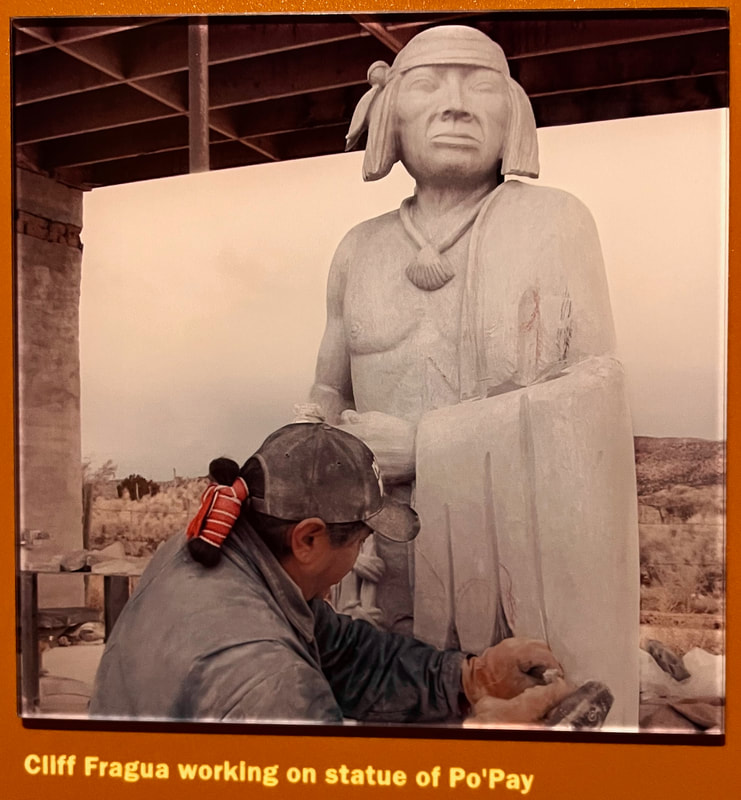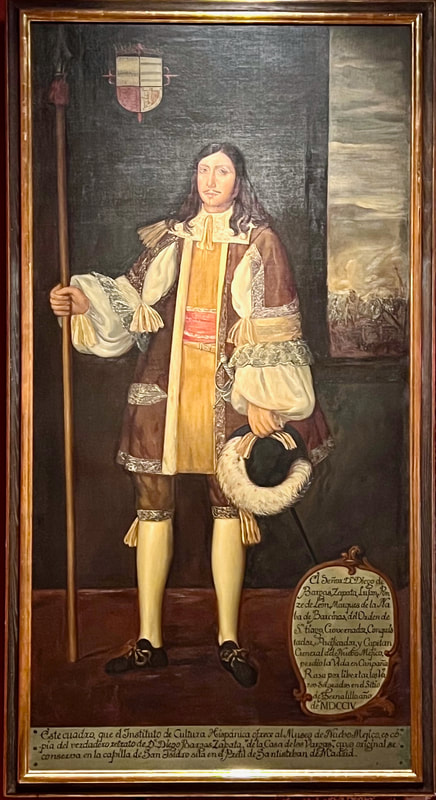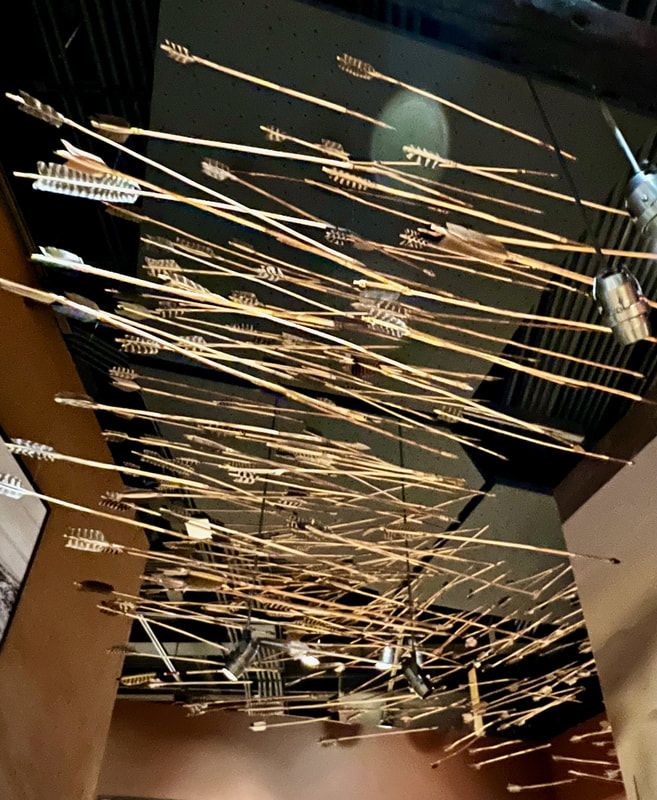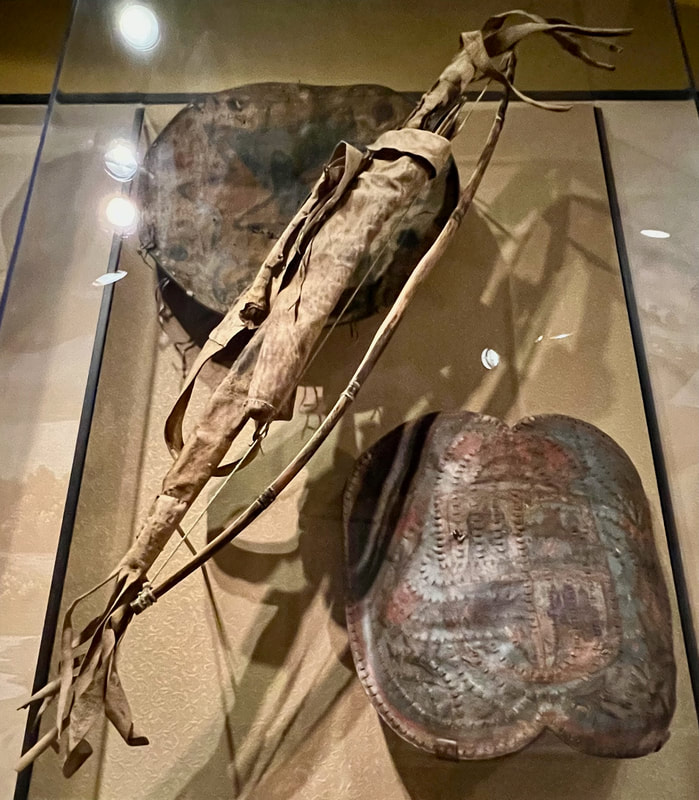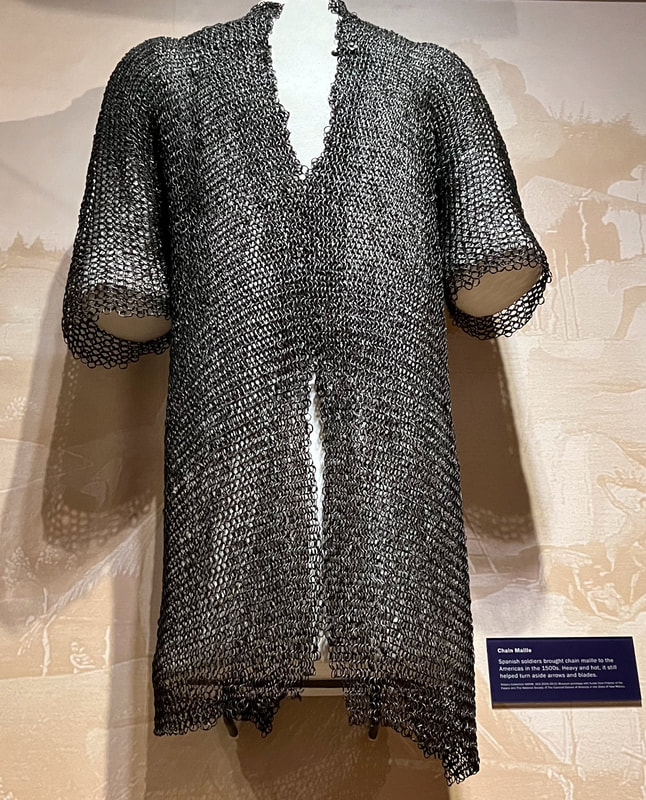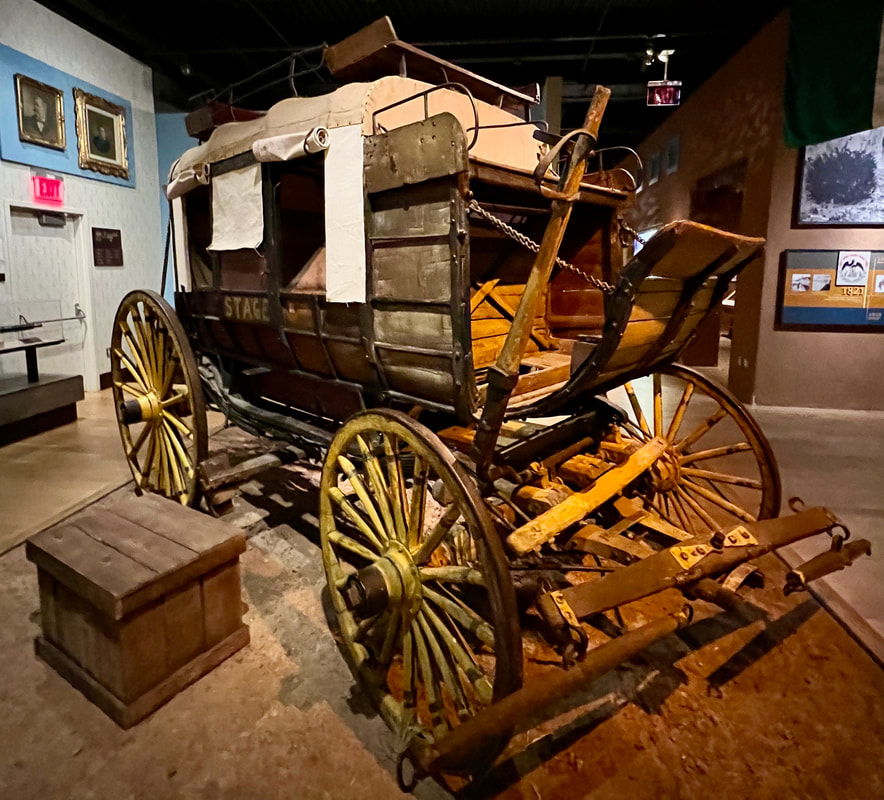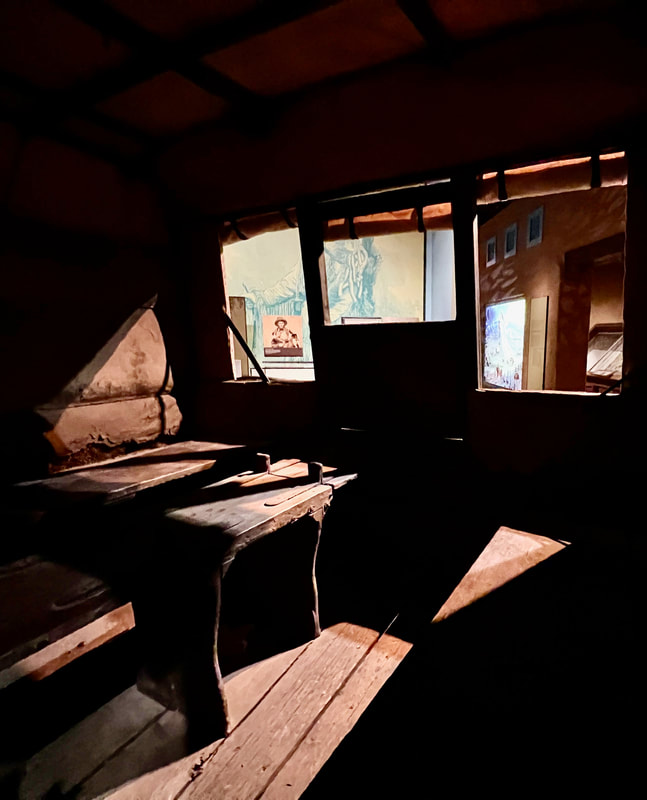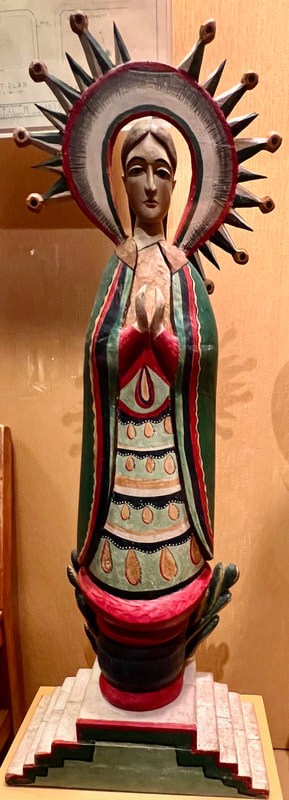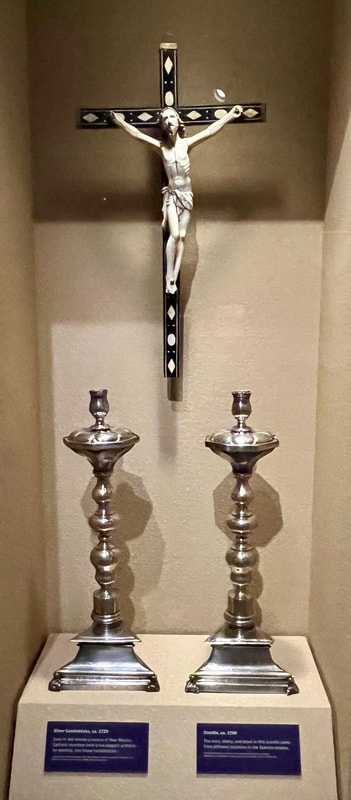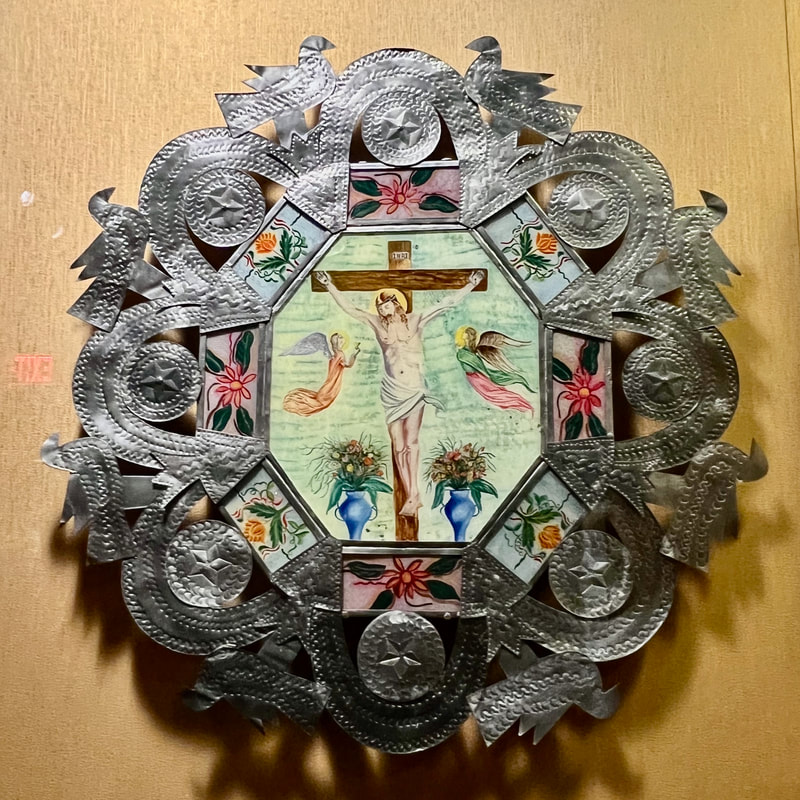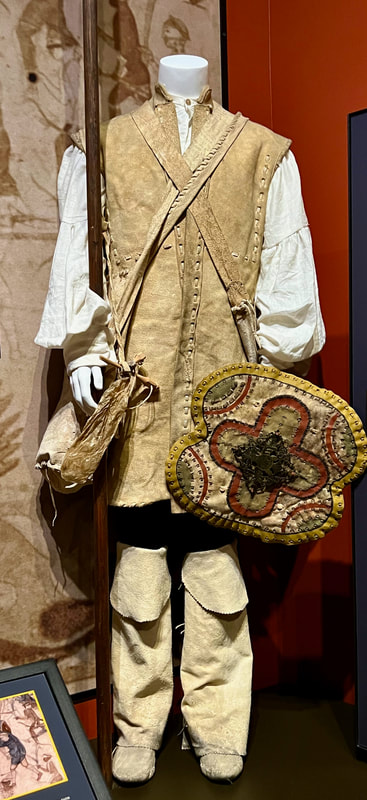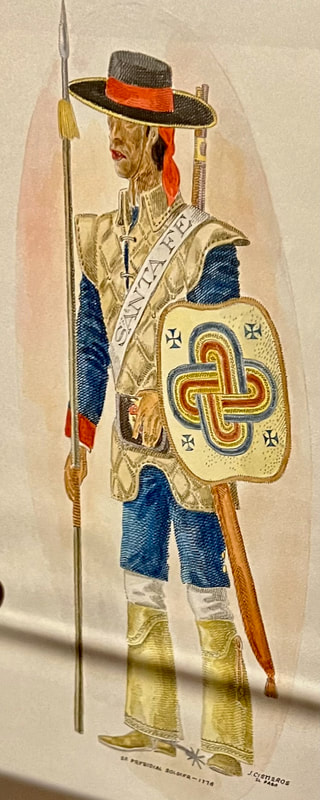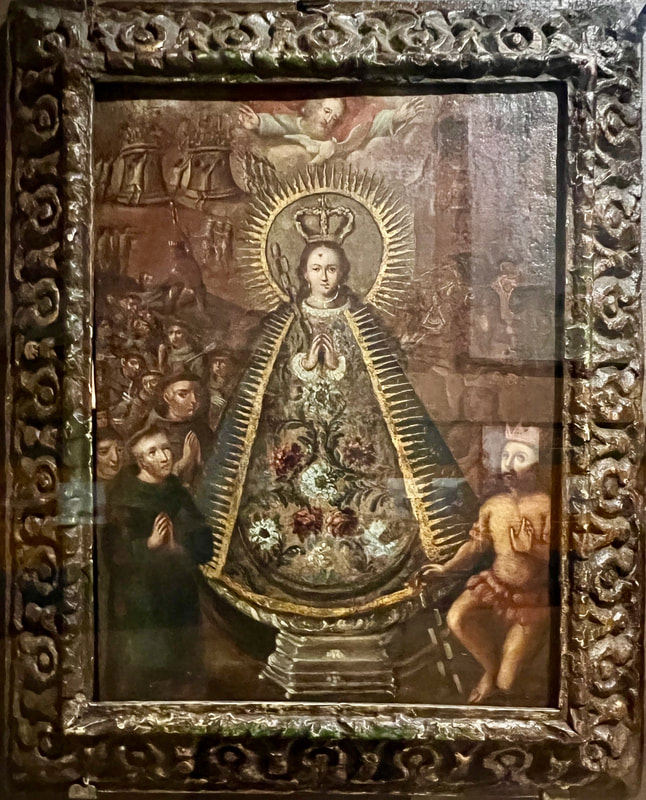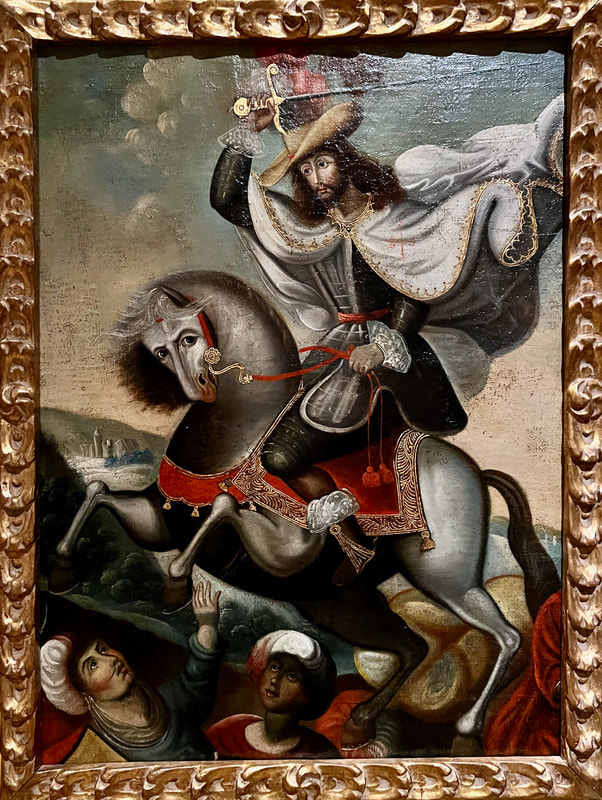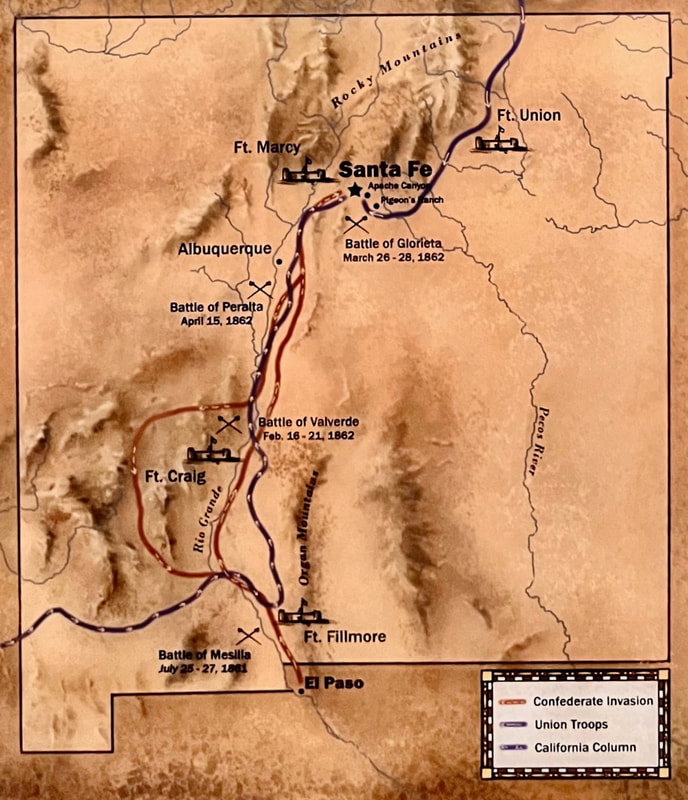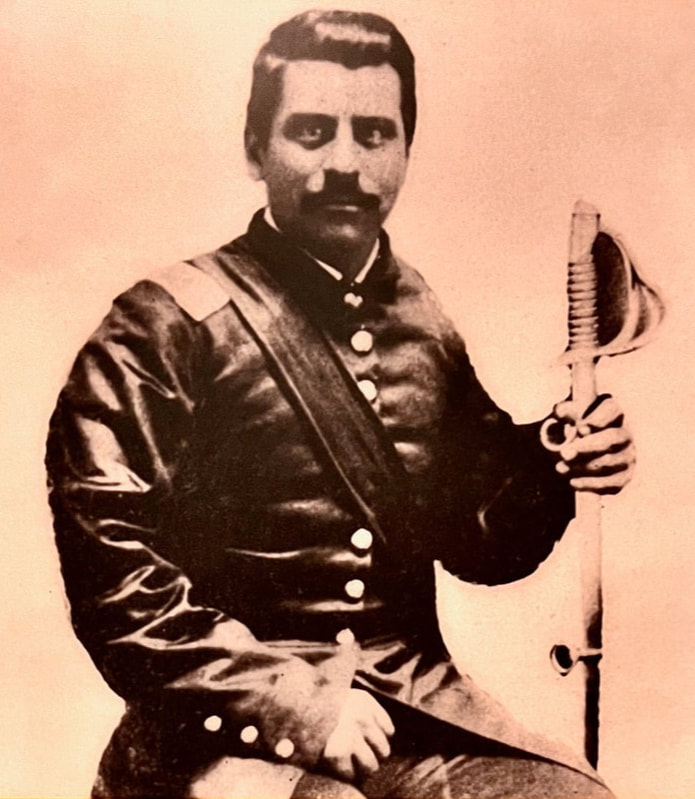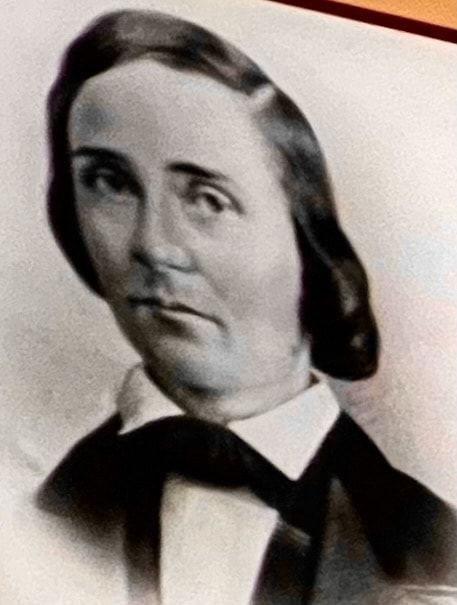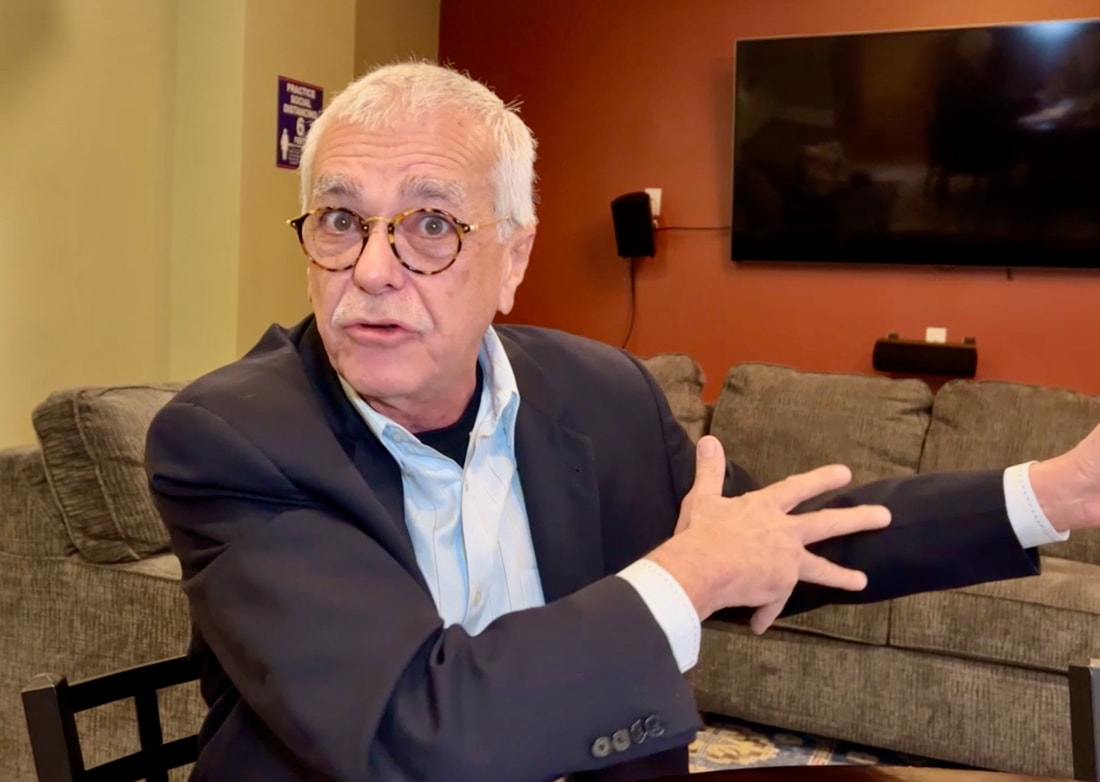|
As if you were traveling through time, you go through the Native American, Spanish, Mexican and American periods of New Mexico's history, covering more than 400 years and enjoying every second.
You are at the New Mexico History Museum in downtown Santa Fe, where you learn to appreciate the fluctuating history of this part of the country, and where controversial periods of history are not hidden, censored or ignored. While some New Mexico Hispanic monuments have been removed from outdoor spaces, Hispanic historical figures stand firm in the state's museums, including this one. This place is fearless. The good, the bad, the ugly and the controversial are on display here. Depending on who you are, there are many exhibits to love and/or hate. If you are Hispanic, Native American or even a white Americano, this museum has exhibits that are likely to make you feel both pride and shame about the conduct of your ancestors. Yet, how else can you honestly illustrate New Mexico's history? |
|
I even found a huge portrait of the both loved and hated Don Diego de Vargas, the former Spanish governor who led the 1692 "reconquest" of New Mexico and whose statue was yanked from Cathedral Park, only a block away from this museum, in June of 2020. And of course, Po’Pay is here too. He led the 1680 Pueblo Revolt that killed some 400 Spanish settlers and 21 missionaries, drove thousands of others out of New Mexico, and according to another exhibit, “called on his people to eradicate Spanish language, customs, and beliefs from their lives.”
Sometimes this museum can be brutally honest: “Spanish settlers risked hunger, poverty, warfare, and death by coming to New Mexico,” an exhibit says. “But Native American land and labor was their reward.” Another exhibit explains that, “Spanish colonists tried to transplant their civilization to New Mexico. For Pueblo peoples, this meant labor on Spanish haciendas and missions, a command to abandon their beliefs and worship a new God. Pueblo peoples rebelled, Spanish settlers retaliated, and ways of life mixed and clashed.” |
|
Yet other exhibits paint a different picture. “By the late 1600s, new boundaries, plots, plazas, and roads lay across the landscape,” another display explains. “Spanish explorers and colonists brought horses and sheep, steel and wheat. For their missions and homes, priests and farmers adapted local designs and materials. Spanish and Pueblo people quickly took advantage of one another's tools and techniques.”
As I noted in a recent article about the Albuquerque Museum, part five of this series, New Mexico's Indian/Hispanic pain was inflicted in both directions in the 17th century, and showcasing that history, without offending anyone, is practically impossible. Yet, these fearless museums make you face the truth. They make you see that history is history, and we have to accept it and live with it, even when it hurts! |
|
|
Sometimes they try so hard to be fair and balanced that they create false equivalences and become a little unfair. When museums try to defend all sides of controversial issues, people from all sides are likely to disagree, especially when some exhibit contradict each other.
In one exhibit they tell you that Franciscan missionaries were mean to the natives and in the next one they cite an example of a missionary who was “beloved” by the natives. While both could be true, people can come out with opposite impressions of historic events, depending on which exhibit they bothered to read! But even this is understandable. These museums have a tough balancing act. |
|
Nevertheless, covering more than four centuries of New Mexico history, this museum takes you on a long journey through times when Hispanics have played key roles here. Its wall-to-wall timeline helps you put important dates into proper perspective, showing you that the New Mexico territory — once encompassing the present-day states of Texas, New Mexico, Arizona, Nevada, Utah and Colorado — was first part of New Spain before it became Mexico. And that it has some 250 years of Hispanic history before it became part of the United States.
Just like Native American culture was affected when the Spanish arrived, so were those 250 years of Hispanic culture when the territory became American in 1850. |
|
This museum helps you see how the Treaty of Guadalupe Hidalgo, not only ended the Mexican-American War and expanded the United States across the continent, but also transformed Native American and Hispanic lives in the territory that became part of the United States.
And if conditions became worse for Mexicans who were no longer living in their own country, for Native Americans, it was beyond terrible. Mistreatment of Native Americans flourished after the Spanish and Mexicans were no longer in charge of the government. “Drawing the Southwest into the nation required decades of violence, struggle, and accommodation,” another exhibit explains. |
|
Other displays tell us that, “Beginning in the 1850s, the U.S. Army brought the government's Indian policy to New Mexico. The ultimate goal was to confine Native Americans on reservations, open the traditional lands to ranchers and farmers, and redraw boundaries in the desert once again … Some of the most enduring legends of the West grew from Native American resistance to U.S. Indian policy … But the reality of Native American resistance was more brutal and poignant than the legends. It was a mixture of accommodation, betrayal, violence, and decades of guerrilla warfare.”
|
|
When Gen. James Carleton assumed command of the Military Department of New Mexico in 1862, he was responsible for protecting settlements from attacks by the raiding Navajo and Apache. Yet an exhibit explains that, “his approach was single-minded and devastating — wage war, drive the tribes onto reservations, and impose on them a new life as farmers.”
The exhibit explains that in 1863, Gen. Carleton ordered his soldiers to relocate and resettle the Navajo in a reservation, together with their traditional enemies, the Mescalero Apache. “Nearly nine thousand people were driven from their homelands and forced on a 350-mile journey to a reservation at Bosque Redondo on the Pecos River, the exhibit says. “Hundreds perished on the way. Their exile is remembered as The Long Walk.” |
|
The 40-square-mile Bosque Redondo reservation, intended for 5,000 people, held 9,000. The museum says it “ultimately proved the folly of the government's Indian policy in New Mexico.” The two tribes that shared the reservation, “distrusted one another and had no ties to this dreadful new place, an exhibit explains. “Hunger, disease, bad water, and homesickness brought despair. Three thousand Navajos, and an unknown number of Apaches, died there.”
Of course, this was during the Civil War, when the New Mexico territory was as divided as the rest of the nation. “Some settlers in southern New Mexico and Arizona hope to extend the reach of slavery to the Pacific,” an exhibit says, “while most people further north opposed the spread of slavery.” Yet, when the Confederate Army invaded New Mexico from Texas in 1862, many Hispanics who were opposed to slavery joined volunteer militias to support the Union Army. |
|
Nevertheless, some 3,500 Confederate Texans forced Union troops to retreat at Valverde, raised the Confederate flag over the Palace of the Governors in Santa Fe, and were finally driven back at Glorieta Pass, east of Santa Fe, after Union troops destroyed their supply train.
At this museum, in case you don't know them, you get an introduction to the Spanish conquistadors who came through New Mexico — Alvar Nunez Cabeza de Vaca, who trekked across North America for nearly eight years; Fray Marcos de Niza, who thought he had discovered golden cities; Francisco Vasquez de Coronado, who led a huge, 5,000-mile expedition searching for those golden cities; and Juan de Oñate, the first Spanish governor of New Mexico, who established the first Spanish settlement and made some Native American enemies along the way. |
|
|
But I was also introduced to two of Hispanic Civil War heroes, Rafael Chacón and Manuel Antonio Chávez — El Leoncito (The Little Lion). Chacón, born in Santa Fe in 1833, “distinguished himself at the battle of Valverde,” and became U.S. territorial official after the war. El Leoncito Chávez was “a skillful, courageous soldier who fought with the New Mexican militia … During the Battle of Glorieta Pass, he guided a party of Union soldiers to a confederate supply train, and the destruction of the supplies turned the tide of the battle,” an exhibit explains. In fact, according to another exhibit, it turned the tide of the entire war in New Mexico. “Tired, isolated, and short of supplies, the Confederates retreated to Texas, ending the Civil War in New Mexico and the confederate threat to the Southwest.” No wonder they called him El Leoncito!
|
|
One Spanish conquistador and former New Mexico governor still rides on an impressive equestrian statue not far from this museum. So, since some people seem to be at war with Hispanic statues in New Mexico, I think I should visit Don Pedro de Peralta before it's too late. lol Peralta Park is only a few blocks away. Stay tuned!
|
To read other parts of this ongoing series, click: EXPLORING NEW MEXICO


